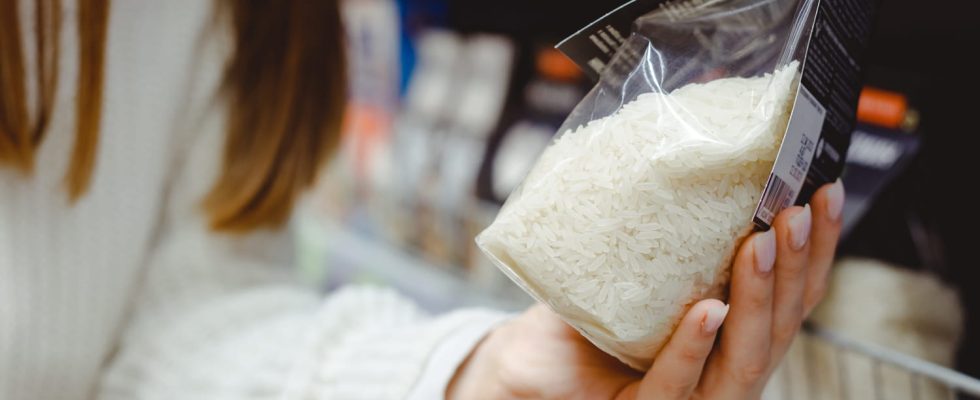After analyzing 40 references of rice sold in supermarkets, the magazine 60 million consumers singles out four brands for their harmful substances.
Essentially cultivated in China and India, rice is the most consumed cereal in the world. As the magazine recalls 60 million consumers in its February 2024 numbereach French consumes approximately 6 kilos of rice per year, sold mainly under three major brands: winged bull, Ben’s and Lustucru. The magazine analyzed 40 references rice sold in supermarkets and specialized stores (organic) of which 14 basmati rice, 10 Thai rice, 10 long grain rice and 6 Camargue rice. Three components were sought after and measured: pesticides (650 molecules), Aflatoxins and inorganic arsenic (fraction of arsenic absorbed by the plant via its environment).
Pesticides in 15 products
Pesticide residues were found in fifteen products “more than a third of our panel” underlines the magazine. Among these pesticides, certain substances do not exceed the maximum limits set by the European Commission, others however are present without limit. For example the “Piped-ronyl butoxide” Who “Because of its function of” synergistant “and not of pesticide has no maximum regulatory limit. It is used to” boost “the effectiveness of an active compound and, therefore, to limit its use. No use. No use. study has not shown real risk, but it is growing and Present in 13 references of the panel ” argues the magazine. In the end, according to the tests carried out, 60 million consumers notes that rice basmati (except organic) are the most contaminated in pesticides. Four references fall below 10/20 because of their number of pesticides but “especially by the potential harm of these molecules“.
“It’s a red card”
Two were classified “potentially carcinogensmutagens and toxic for reproduction” by French and European health authorities. Thus, according to the magazine, the four brands of basmati rice to avoid are: Saint Eloi (Intermarché), Ben’s, Vivien Paille and U. The magazine also alerts the quantity of pesticides that can be found in some long grain rice and gives a “Red card” for Pouce d’Auchan rice. Finally, the rice Thai and of Camargue do better in the panel “free, or almost, from chemical contamination”.
